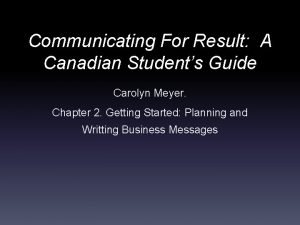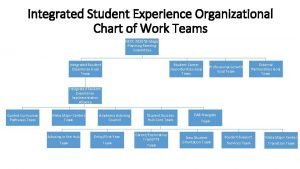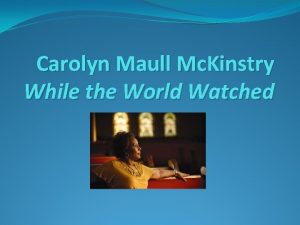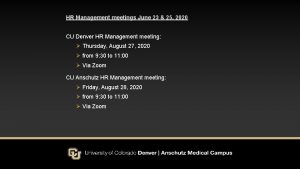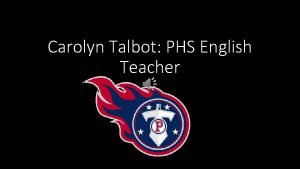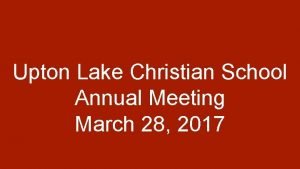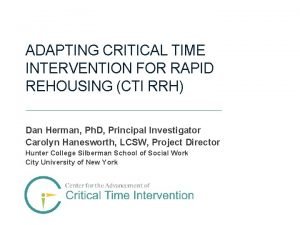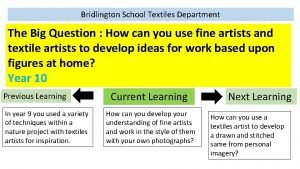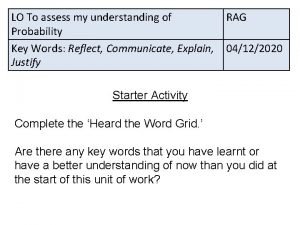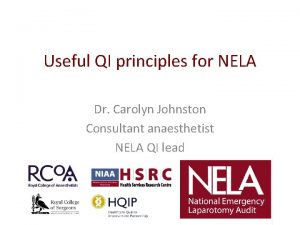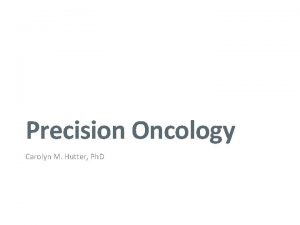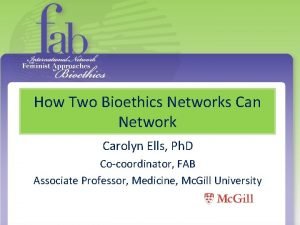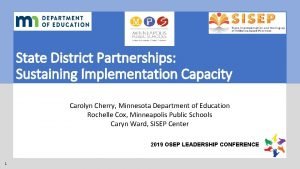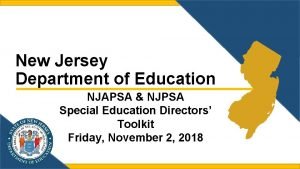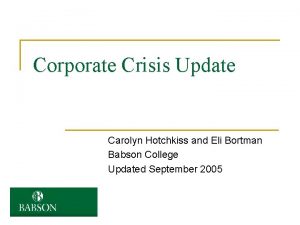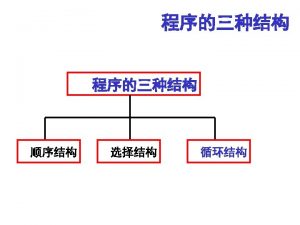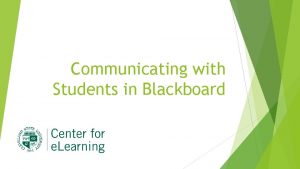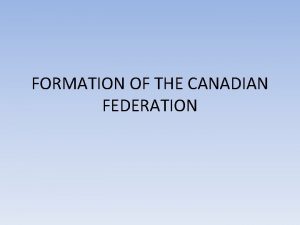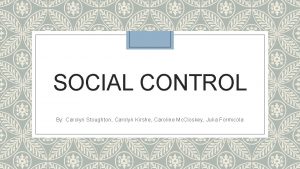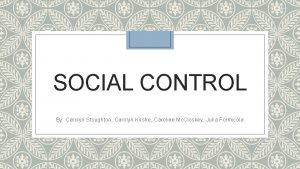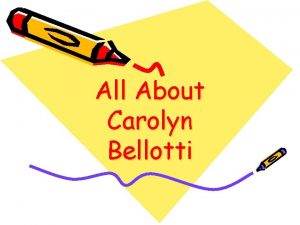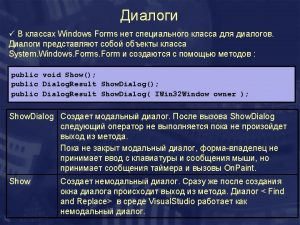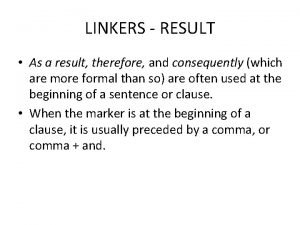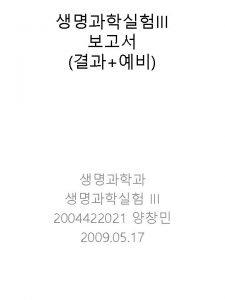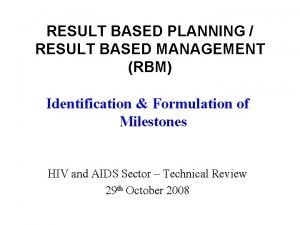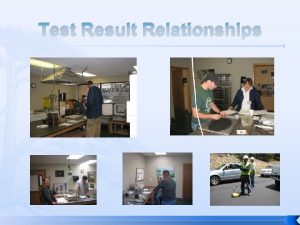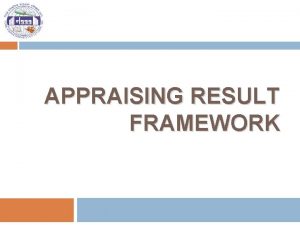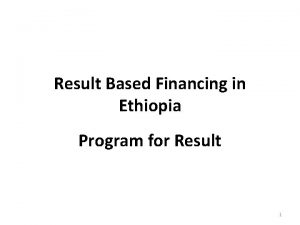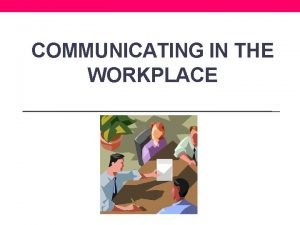Communicating For Result A Canadian Students Guide Carolyn























![Collaborative Writing • Definition of collaborative writing • ‘’ 85% of […] documents produced Collaborative Writing • Definition of collaborative writing • ‘’ 85% of […] documents produced](https://slidetodoc.com/presentation_image/b4163193168c2366b1bb7134b269212d/image-24.jpg)






- Slides: 30

Communicating For Result: A Canadian Student’s Guide Carolyn Meyer. Chapter 2. Getting Started: Planning and Writting Business Messages

Introduction of Speakers: • Gregory Chivers Harris • Dane Leahy • Korotoumou Aida Sidibé • Ruiqi Huang • Tara Maritzer

Clothing and Posters • Khan Academy https: //www. khanacademy. org/test-prep/sat-readingwriting-practice • You. Tube https: //www. youtube. com/watch? v=wg 9 SAW 4 Wji. U https: //www. youtube. com/watch? v=Gk. Qn 76 -8 Mv. M

The Four Key Concepts to Writing in Context. Discourse communities: • A forum • Exchange of information • Common interests and public goal • Genre development • Jaron • Expertise

The Four Key Concepts to Writing in Contextual factors: • Emerges in response to – Feelings – Knowledge – Beliefs • Shapes the tone and environment for information.

The Four Key Concepts to Writing in Context Genre • Commonly accepted forms of communicating • Tools for certain situations Rhetorical situations • Exigence • Audience • Constraints

Prewriting • Why are you writing the document? • What does your document need to include? • Who are you writing for ? • What do you know about your receiver?

Prewriting Contend • How are you going to communicate with your receiver? • Methods to generate content

Drafting concept • Draft: Initial version of a paper. • Necessary step of the process of writing. • Refine your draft by making corrections later on.

’’Writer’s Block’’ challenges • Writer’s block: – Momentary incapability of a person to write opinions – Reason: a lack of creativeness • It does not persist over a longtime • Can come up at any moment, whenever it is expected or not.

Tips to overcome Writer’s Block: • Beginning as soon as possible • Using a computer to draft • Expressing ideas orally • Skip Over • Observing a Pause • Freewriting • Keep practicing

‘’Writing Under Pressure’’ Challenges • Writing Under pressure : – Capability to produce a document in a minimum amount of time. • Document has to meet some specific criteria and, • have to be written without errors.

Tips to be write effectively under pressure: • Allotting the right amount of time to each task • Staying focused • Using effectively the word-processing software • Planning the structure in a few seconds • Keeping readers in mind • Going with the flow • Reviewing and editing

Revising and Editing • Revising : Analysis and modification of the draft of a document. • Goal: Get the final and polished version of the document. • Tasks: – Adding, deleting, reorganizing, replacing words, sentences or, paragraphs.

Revising and Editing • Editing : Refinement of the reviewed version of the document. • Final modifications and alterations determine the quality of a paper.

Revising process basic strategies: • Work from a paper copy of your draft • Reduce your reading speed • Look at your document from the reader’s perspective. • Make several passes over the draft • Read your draft aloud: • Use-spell and grammar checkers, but respect their limitation

Revising and Editing Read-through process requirements : => 3 Steps

Message Planning Three tips for Message Planning: • Purpose-driven. Always remember the purpose of your presentation. • Audience-focused. Always communicate with your audience. • Concise. Always keep to the point.

Three vital steps in effective communications planning • “Assess the Situation” this is related to purposedriven. • “Identify and Know Your Audiences” this is related to audience-focused. • “Craft Your Messages” this is related to concise.

“Assess the Situation” • Define the problem you are trying to address. • Assess the situation. • Define your goals.

“Identify and Know Your Audiences” • Identify your target audiences. • Address your audience priorities.

“Craft Your Messages” • Define your main points. • Translate main points into key messages.

Organizing and Outlining • Sequential development • Chronological development • General-to-specific development • Cause-and-effect development
![Collaborative Writing Definition of collaborative writing 85 of documents produced Collaborative Writing • Definition of collaborative writing • ‘’ 85% of […] documents produced](https://slidetodoc.com/presentation_image/b4163193168c2366b1bb7134b269212d/image-24.jpg)
Collaborative Writing • Definition of collaborative writing • ‘’ 85% of […] documents produced […] had at least two authors’’ • Why?

Collaborative Writing • How? • Two primary methods of virtual collaboration: – Distributed cognition – The locales framework

Prizes

Case Study

Key points to remember for this chapter • Show the environment of words, contextual factors are helpful. • Properly define genre in writing. Discourse communities enable forums amongst those with a common interest. • Rhetorical situations, persuade an audience to make a difference • Begin the writing process by identifying the audience, scope, purpose, medium or channel and use content generating methods. • Means one should organize and outline their writing. Through logic one can persuade their audience.

Key Points to remember for this chapter • Start early and practice to overcome writers block. • Successfully write through revising and editing, by allocating time judiciously. • Focus on your audiences needs and wants to fulfill their needs. • The methods of collaborative writing are Sequential Integrating writing, Sequential Single Writing, Parallel Simultaneous Writing, Reactive Integrating Writing. • To reduce pressure, minimize distractions and plan the structure to meet a time line.

Bibliography • Meyer, C. (2014). Communicating for Results: A Canadian Student's Guide (3 ed. ). Don Mills, Ontario, Canada: Oxford University Press Canada. • Sylvie Noël and Jean-Marc Robert. "How the Web Is Used to Support Collaborative Writing. " Behaviour & Information Technology 22. 4 (2003): 245 -62. Web. • Killings, M. (1992). Discourse communities: Local and global. Rhetoric Review, Vol. 11, No. 1, Vol. 11(No. 1), 110 -122. • Medway, P. (n. d. ). Genre in the new rhetoric (A. Freedman, Ed. ). • Baldwin, D. (1978). Introducing Rhetoric in Remedial Writing-Courses. National Council of Teachers of English, Vol. 29(No. 4), 392 -394.
 Communicating for results a canadian student’s guide
Communicating for results a canadian student’s guide Processus vaginalis
Processus vaginalis Dr miguel morayta rizal
Dr miguel morayta rizal Carolyn graham jazz chants
Carolyn graham jazz chants Carolyn knoepfler
Carolyn knoepfler Caroline mendiola
Caroline mendiola Carolyn maull
Carolyn maull Kaylene crum
Kaylene crum Carolyn talbot
Carolyn talbot Upton lake christian school
Upton lake christian school Carolyn hanesworth
Carolyn hanesworth Carolyn saxby facts
Carolyn saxby facts Carolyn boroden
Carolyn boroden Yvonne has 10 tulip bulbs in a bag
Yvonne has 10 tulip bulbs in a bag Carolyn johnston md
Carolyn johnston md Carolyn washburn
Carolyn washburn Levi carolyn ph
Levi carolyn ph Ppt on how to tell wild animals
Ppt on how to tell wild animals Carolyn ells
Carolyn ells Carolyn shread
Carolyn shread Carolyn cherry
Carolyn cherry Njapsa
Njapsa Carolyn sourek
Carolyn sourek Carolyn hotchkiss
Carolyn hotchkiss En lathund för arbete med kontinuitetshantering
En lathund för arbete med kontinuitetshantering Anatomi organ reproduksi
Anatomi organ reproduksi Egg för emanuel
Egg för emanuel Karttecken
Karttecken Standardavvikelse
Standardavvikelse Mitos steg
Mitos steg Rutin för avvikelsehantering
Rutin för avvikelsehantering
